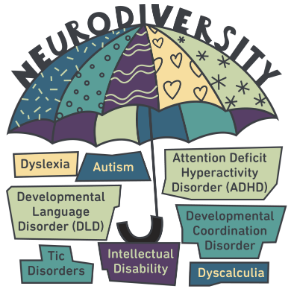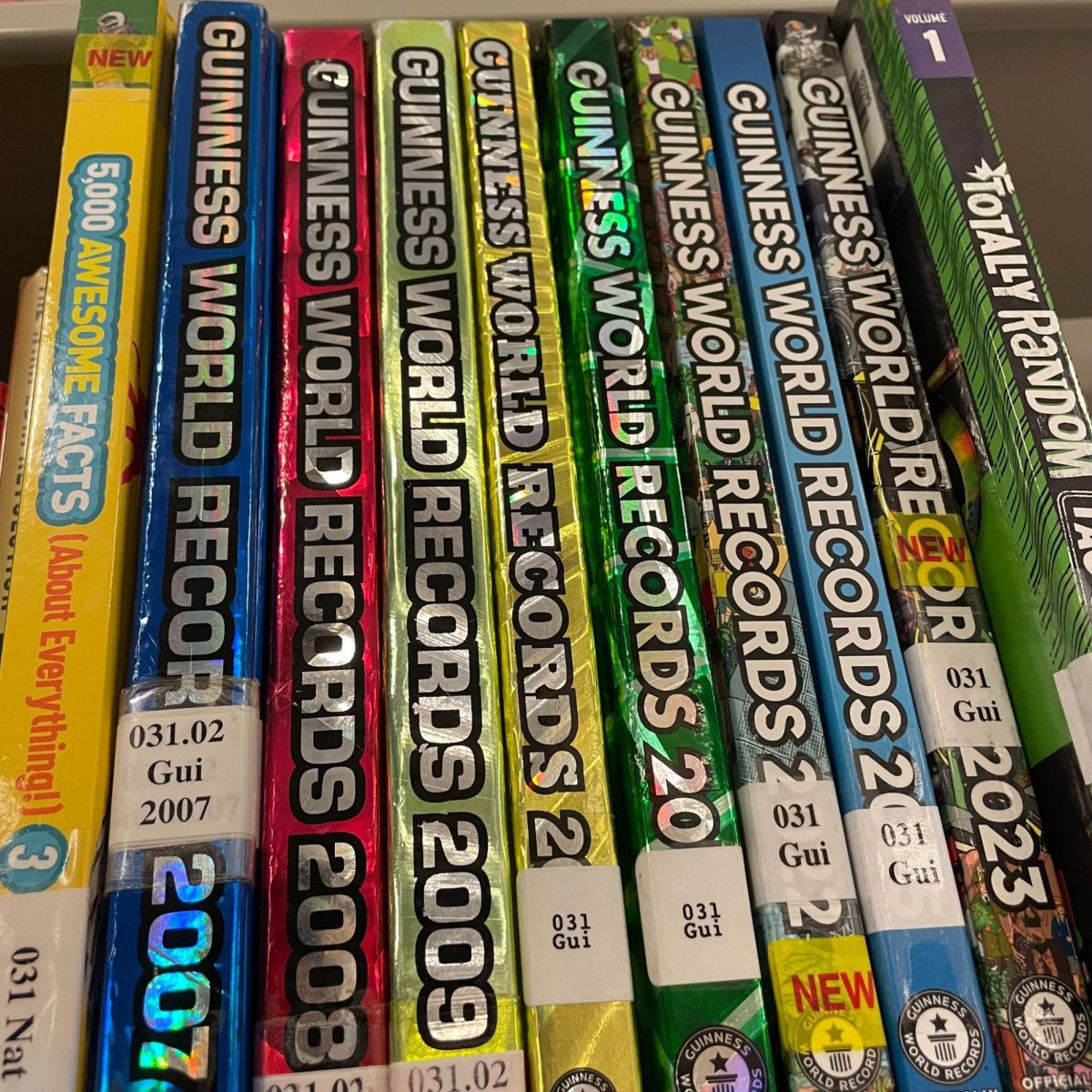We always hear about the perfect study methods, but what about neurodivergence? This article will outline the best study methods for people with dyslexia and ADHD.
To begin, let’s start with dyslexia! As a student with dyslexia, what I tend to struggle with is time management. Most people with dyslexia have executive function disorder causing a lessened ability to manage time with assignments, so the biggest tip for dyslexics is to give yourself ample time to complete something. This means doing what is due first before what is due a week later, even if it’s harder. Give yourself time to work slowly and carefully, especially with writing. A huge tip is to outline all your assignments ahead of time, whether that’s in a notebook or online. This way you get ahead of your executive function disorder!
Next for our friends with ADHD, let’s discuss study methods for ADHD. The first method is the Pomodoro Technique. The Pomodoro Technique helps with time management; cool enough, there is a website for it! Here you can have a tasklist and preset timers, so you don’t need to use your phone. This can also help you try to focus on one task, with no task hopping! When creating a task you can add as many Pomodoros as needed, with one Pomodoro equivalent to 25 minutes of work. Once you are done with four Pomodoros, you can take a 15-20 minute break!
Make sure you optimize the amount of learning techniques you use, to try and prevent boredom. A list of these are as follows:
- Flash cards are helpful for memorization, like writing definitions on one side and words on the other.
- Spaced repetition prevents cramming information into your brain, which helps your brain encode it better. Working and studying in small chunks helps won’t overload your brain. Overloading will cause you to remember less information.
- Retrieval practice is the practice of retrieving information from your memory. For example, have someone say a word and you have to say the definition!
- The Feynman technique is the technique of teaching yourself as if you were 12, oversimplifying everything while slowly getting more complicated.
- Mind mapping is making connections in your brain between different concepts!
Neurodivergentcy is something millions of people struggle with. While there are many different types of neurodivergence, these study methods can cover many different types. Despite this being labeled for ADHD and dyslexia, these methods can be used for a variety of different learning disabilities. So use these to your needs. Even if you aren’t neurodivergent, or have ADHD or dyslexia, use these techniques how you please! Everyone’s brains work and operate differently and can not be confined to one method.








